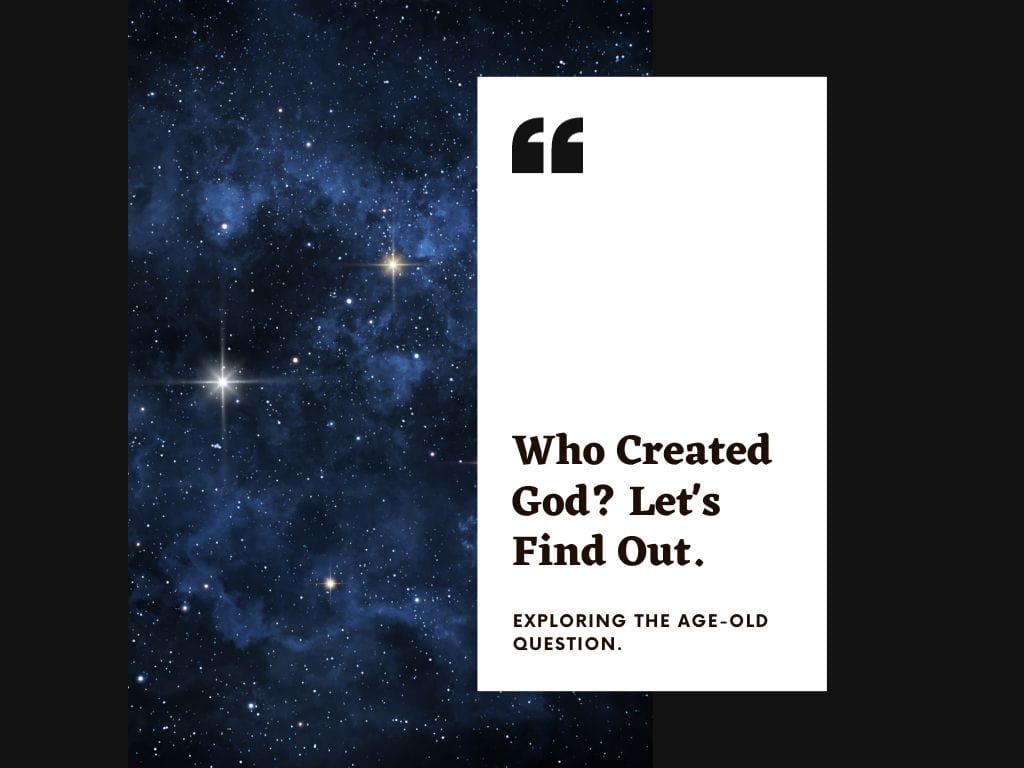Contents of the Article
What is Sanatana Dharma?
We are all divided in this world in numerous ways: by country, race, and skin color. But it is our faith, our religion, that separates us the most. In this article, I will discuss Sanatana Dharma, the common religion of mankind. If you have never heard of Sanatana Dharma, you may be surprised to learn that it is the world’s oldest religion, established by God Himself as the original, common, and everlasting religion of humanity, according to Hindu scriptures.Before you go any further, I urge you to read this article with an open and accepting mind. We are generally highly passionate and emotional about our beliefs, and we are not really open to considering the virtues of other religions. This text is not at all intended to persuade you to change your beliefs. The sole objective of this post is to introduce you to the world’s oldest religion and how it can help you understand and explore spirituality in a different way.In Sanskrit, Sanatana means ‘eternal,’ and Dharma means ‘religion.’ Thus, the literal definition of Sanatana Dharma is ‘eternal religion.’I write in the Introduction section of my book Bhagavad Gita (In English):There were no separate religions in the world when the Lord uttered the Bhagavad Gita to Arjuna. Sanatana Dharma, which means ‘eternal religion,’ was the common religion of all humanity. Sanatana Dharma is the primordial religion of mankind. No matter how many faiths we construct for our own convenience and ego gratification, the reality remains that Sanatana Dharma will always be our actual religion, and Lord Krishna will always be our true object of worship.As soon as Arjuna realizes this, he says to the Lord, “You are imperishable and the supreme one to be known; You are the ultimate repository of this universe; You are inexhaustible; You are the protector of Sanatana Dharma; You are the eternal person. This is my opinion.” [BG 11.18]The following is the timeline of the origin of various religions:- Hinduism – 3000 BCE (several studies place the date as early as 6000 BCE)
- Judaism – 650 BCE
- Zoroastrianism – 600 BCE
- Buddhism – 550 BCE
- Confucianism – 550 BCE
- Jainism – 525 BCE
- Taoism – 350 BCE
- Shintoism – 300 BCE
- Stoicism – 300 BCE
- Christianity – 1 CE
- Zen – 500 CE
- Islam – 600 CE
- Sikhism – 1475 CE
- Baha’i Faith – 1850 CE




